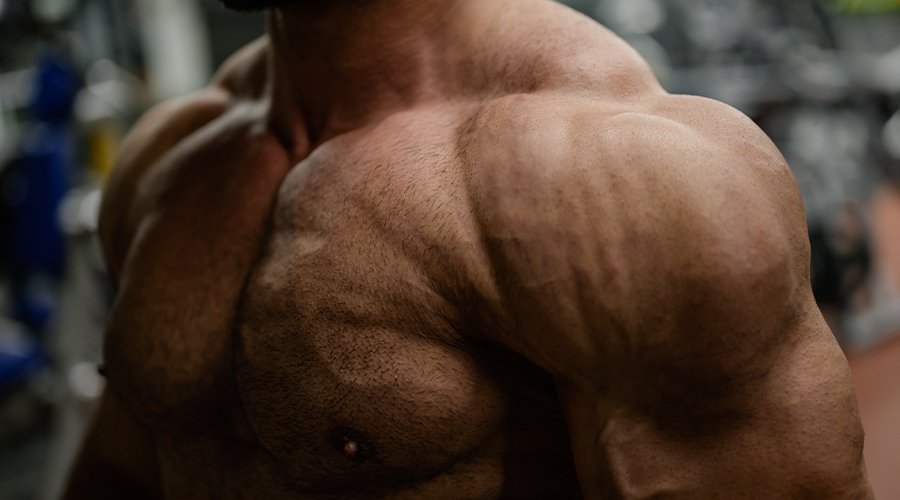The Overlooked Role of Connective Tissue in Strength Training

Role of Tendons and Ligaments in Strength
Connective tissues have a very important task at hand and that is to hold the body structure together. Tendons connect muscles to the bones whereas ligaments connect bones to other bones. Together they are important to transmit force and stabilize your joints during a lift.
While benching, squatting or deadlifting, your muscles don’t act alone. Your connective tissue is put to the test and supports your muscles. When your tendons are strong and elastic, they act like springs. These springs store and release energy effectively which is why the tendon’s elasticity is important. Ligaments, on the other hand, provide joint stability so that unwanted movement can be prevented and reduce the risk of sprains and tears.
Weakness or stiffness in either of these can lead to reduced power output, poor form and more chances of getting injured.
How to Strengthen Connective Tissue
Do you know that connective tissue adapts slower than muscles? So you may train for weeks at stretch and end up feeling stronger but your tendons and ligaments need more time. So do not give up working on strengthening your connective tissues. Here is how you can do it:
- Eccentric Training: This means slowing down the lowering phase of a movement. This puts strategic stress on tendons and encourages collagen remodeling.
- Isometric Holds: This means pausing halfway through a lift. This builds tension and strengthens connective tissue.
- Progressive Overload: This tip fits every fitness advice. Progressive overload is increasing intensity gradually to avoid overloading tissues that haven’t caught up and strengthened yet.
Tendon and Ligament Health for Lifting
Injuries like tendonitis, ligament strain or tear or even full tears can make you stop working out for weeks if not months. This is a wake-up call for everyone here to start maintaining tendon and ligament health. It is not just to prevent injury but also about lifting longevity and performance when you work out.
Here are some things you must pay attention to considering your tendon and ligament health while lifting:
- Warm-up is extremely important.
- Pair warm-up with mobility drills to increase blood flow and prepare connective tissues for the action.
- Give your body time to rest and recover. Unlike muscle tissues, tendons take longer to repair any wear and tear so never skip a rest day.
- Have rotation between heavy lifts.
- Good form is always important.
- Do not cheat your muscles with sloppy reps, they will strain your joints too which connective tissue can not tolerate.
Does Strength Training Help Connective Tissue?
Yes, strength training can help connective tissue get stronger. But one needs to understand that while strength training stimulates the connective tissue when done with variety and consistency, many routines focus too heavily on hypertrophy aka muscle growth. This does not lead to enough training and promotes tendon and ligament health issues.

Do not Forget the Nutrition Piece
Connective tissues also need nutrition. They are mostly made of collagen which is a protein that is rich in glycine, proline and hydroxylysine. Here is how you can fill your plate with foods that can support your connective tissues:
- Collagen supplements especially the ones rich in vitamin C can support collagen synthesis.
- Gelatin-rich food items like bone broth are great to have
- Creatine and EAA-rich supplements can help
- Protein intake should remain high for all tissue repair.
- Anti-inflammatory foods like berries are a good addition
- Hydration via electrolytes can support tissue recovery and elasticity.
Read Also: Muscle Memory in Fitness: How It Works and Why It’s a Game-Changer for Strength Training
Takeaway
Muscle might get the spotlight, but connective tissue is what keeps you strong, stable, and safe in the gym. If you want to keep lifting heavy and staying injury-free, your tendons, ligaments and fascia deserve attention in training and your nutrition. Don’t just train for size. Train for structure. Your future self will thank you. Keep training Ziddis!
